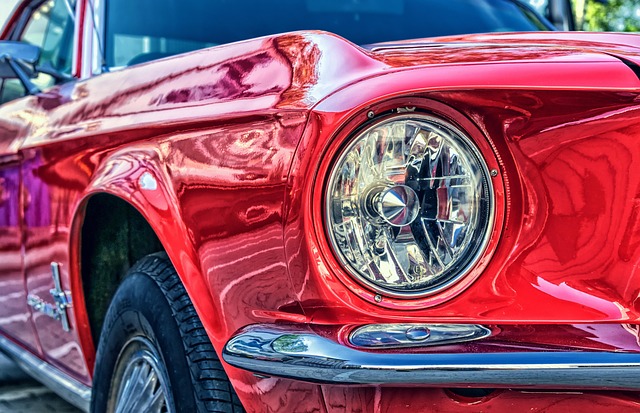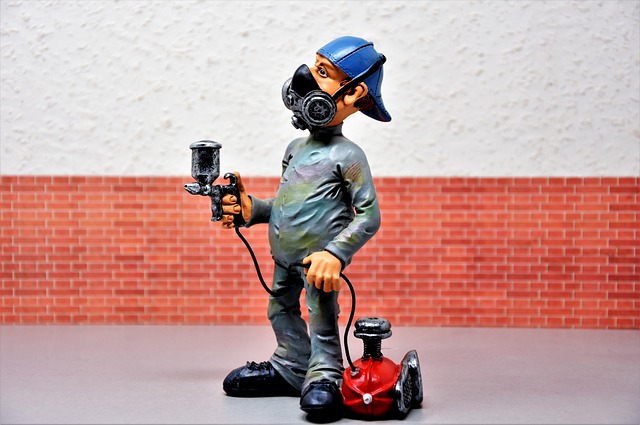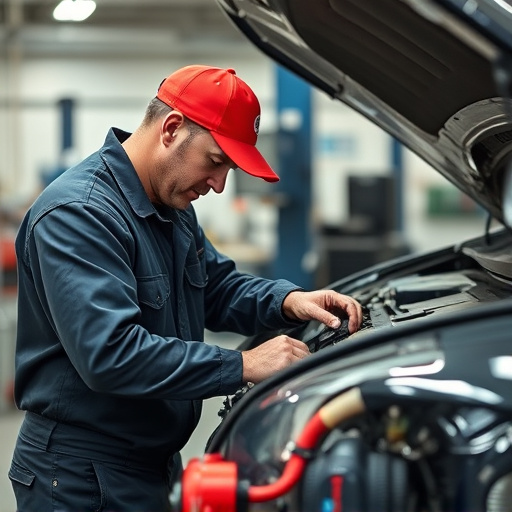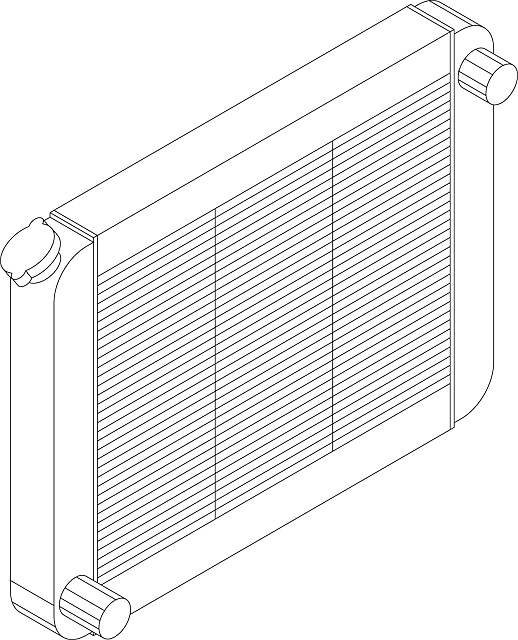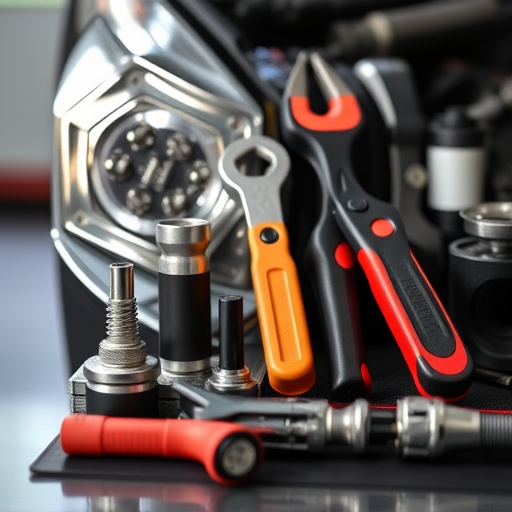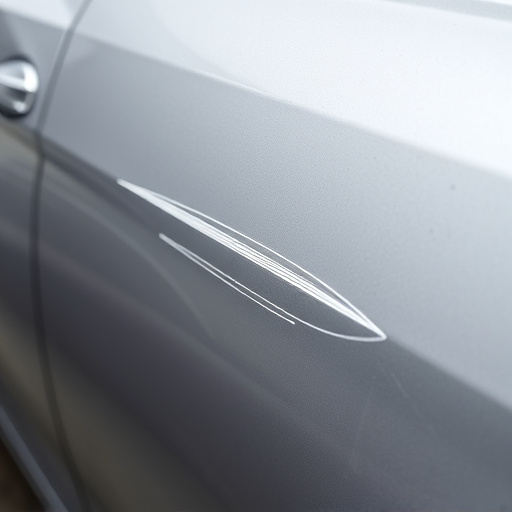Category: Tesla factory finish restoration
Tesla Factory Finish Restoration: A Comprehensive Overview
Introduction
Welcome to an in-depth exploration of a revolutionary process that is reshaping the automotive industry—Tesla Factory Finish Restoration. This cutting-edge technique, pioneered by Tesla, Inc., involves the meticulous restoration and reconditioning of vehicles to near-new condition at their state-of-the-art manufacturing facilities. As electric vehicle (EV) adoption accelerates globally, understanding this process is more crucial than ever for several reasons: it ensures high-quality standards, reduces waste, and offers customers an exceptional buying experience. This article aims to dissect the intricacies of Tesla’s restoration method, its global impact, economic implications, technological innovations, regulatory landscape, challenges, and future prospects, all while providing valuable insights into this transformative practice.
Understanding Tesla Factory Finish Restoration
Definition and Core Components
Tesla Factory Finish Restoration is a comprehensive post-production process designed to restore vehicles to their original factory specifications after they have left the assembly line. It involves a series of meticulous steps that include:
- Quality Assurance Checks: Each vehicle undergoes rigorous inspections to identify any manufacturing defects or deviations from design specifications.
- Repaint and Refinishing: If necessary, the vehicle is repainted using high-quality paints to match its original factory finish. This step ensures color consistency and a flawless appearance.
- Interior Upgrades and Detailing: The interior is meticulously cleaned, upgraded with optional features, and detailed to a showroom standard. This includes conditioning leather, deep cleaning carpets, and ensuring all trim pieces are in pristine condition.
- Multipoint Inspection and Repairs: Every part of the vehicle is inspected, and any necessary repairs or adjustments are made to meet Tesla’s stringent quality standards.
- Final Touches: This stage involves adding personalized touches, such as customer-requested options, and ensuring a seamless ownership experience.
Historical Context and Significance
Tesla has been at the forefront of implementing this restoration process since the early days of its vehicle production. Initially driven by the need to address quality concerns and meet high customer expectations, the factory finish restoration has evolved into a strategic business practice. Its significance lies in several key areas:
- Maintaining Brand Reputation: Tesla’s focus on detail and precision ensures that every vehicle leaves the factory as a testament to its brand promise of excellence.
- Enhancing Customer Experience: Restored vehicles provide buyers with an unparalleled sense of ownership, knowing they are acquiring a near-new car with all the latest features.
- Waste Reduction and Resource Efficiency: By meticulously repairing and refurbishing vehicles, Tesla minimizes waste and optimizes resource utilization, aligning with its sustainable practices.
- Post-Sales Support: This process demonstrates Tesla’s commitment to customer satisfaction even after the initial purchase, fostering brand loyalty.
Global Impact and Trends
International Influence
Tesla’s factory finish restoration approach has left an indelible mark on the global automotive industry, inspiring both competitors and regulatory bodies. Several regions have adopted aspects of this practice to elevate their vehicle quality standards:
- North America: Tesla’s home market has seen a surge in manufacturers implementing similar restoration processes to keep up with EV adoption rates.
- Europe: Strict environmental and safety regulations in Europe have pushed automakers to invest in restorative practices, ensuring vehicles meet stringent standards.
- Asia Pacific: Countries like Japan and South Korea, renowned for their automotive craftsmanship, are incorporating Tesla’s techniques to enhance local vehicle quality.
Key Global Trends
- Increasing Demand for Premium Vehicles: Consumers worldwide are opting for higher-end, well-maintained used cars, driving the need for more robust restoration processes.
- Sustainability Focus: The global push for sustainability has led to a rise in refurbished and electric vehicles, with Tesla’s methods serving as a model for eco-friendly practices.
- Digitalization of Restoration Processes: Advanced digital technologies are being integrated into restoration shops worldwide, enabling more precise and efficient work.
Economic Considerations
Market Dynamics and Investment Patterns
The economic landscape surrounding Tesla’s factory finish restoration is complex and multifaceted:
| Factor | Impact |
|---|---|
| Vehicle Resale Value | The high-quality restoration process contributes to maintaining strong resale values for Tesla vehicles, attracting used car buyers. |
| Investment in Restoration Facilities | Tesla’s investment in its restoration facilities has created jobs and stimulated local economies, especially in regions with large manufacturing bases. |
| Competitive Market Dynamics | Other automakers are allocating significant resources to improve their own post-production restorative services, keeping up with Tesla’s standards. |
Role in Economic Systems
- Circular Economy: Tesla’s restoration techniques promote a circular economy by extending the lifespan of vehicles and reducing the demand for new raw materials.
- Job Creation and Skill Development: The industry requires specialized labor, fostering skill development and creating employment opportunities in restoration and automotive services.
- Consumer Spending: The restoration market stimulates consumer spending, as buyers are often willing to invest in restoring their vehicles to like-new condition.
Technological Advancements
Innovations in Restoration Processes
Technological breakthroughs have revolutionized Tesla’s factory finish restoration:
- Advanced Paint Technology: Newer paint formulas offer improved durability and color retention, ensuring vehicles maintain their aesthetic appeal for longer.
- Automated Detailing Equipment: Robotic systems are now used for tasks like wheel cleaning and interior detailing, increasing efficiency and consistency.
- Digital Quality Inspection Tools: High-resolution cameras and 3D scanners enable precise inspections, identifying even the minutest defects.
- Sustainable Materials and Practices: Tesla is exploring eco-friendly alternatives to traditional automotive materials, aligning with its environmental initiatives.
Impact and Future Potential
These technological advancements have resulted in:
- Enhanced Quality: Restored vehicles are now virtually indistinguishable from new ones, ensuring customer satisfaction.
- Increased Efficiency: Automated systems reduce labor costs and processing time, allowing for higher restoration volumes.
- Future Growth: As technology advances, Tesla and competitors can explore more sophisticated restorative techniques, such as AI-driven quality assessments and robotic paint application.
Policy and Regulation
Governing Frameworks
The regulatory environment surrounding factory finish restoration is crucial for maintaining quality standards and consumer protection:
- Automotive Safety Standards: Regional and global bodies set safety regulations that vehicles must meet before and after restoration.
- Environmental Compliance: Emission and waste management regulations influence the choice of materials and restorative practices.
- Consumer Protection Laws: These ensure transparent pricing, warranty coverage, and fair business practices in the restoration industry.
Influence on Development
- Standardization: Regulatory bodies encourage standardization of restoration processes to facilitate cross-border trade and ensure consistent quality.
- Innovation Incentives: Governments offer incentives for automakers to adopt eco-friendly and sustainable restorative methods.
- Licensing and Certification: Restorative shops must obtain licenses and certifications, ensuring they meet specific standards and safety protocols.
Challenges and Criticisms
Overcoming Obstacles
Despite its many benefits, Tesla’s factory finish restoration faces several challenges:
- Labor Shortages: Skilled labor is in demand, leading to workforce shortages, especially as the process becomes more specialized.
- Cost Implications: Restoring vehicles to a near-new condition can be expensive, potentially pricing out some customers who seek cost-effective options.
- Supply Chain Disruptions: Global supply chain issues can impact the availability of parts and materials, causing delays in restoration processes.
Proposed Solutions
To address these challenges:
- Training Programs: Governments and automakers should collaborate on training initiatives to develop a skilled workforce.
- Incentivizing Cost-Effective Restoration: Offering incentives for eco-friendly restorative practices could make the process more accessible to budget-conscious consumers.
- Resilient Supply Chains: Building resilient supply chains can mitigate the impact of disruptions, ensuring consistent restoration services.
Case Studies: Successful Applications
Example 1: Tesla Model S Restoration in China
In Shanghai, a local Tesla service center successfully restored a used Model S to near-perfect condition. The process involved a thorough inspection, repainting with eco-friendly paints, and upgrading the interior with premium materials. This case demonstrated the ability of restoration facilities to cater to diverse consumer preferences while maintaining high standards.
Example 2: Restoring Classic Vehicles in Europe
A German restoration shop specializing in vintage Tesla and other classic electric vehicles has gained recognition. They employ traditional techniques combined with modern technology, ensuring each vehicle is a testament to its era. This case highlights the market for specialized restorative services catering to enthusiasts.
Example 3: Sustainable Restoration in North America
A Canadian automaker implemented a comprehensive restoration program, focusing on sustainability. They utilized recycled materials and energy-efficient processes, reducing the environmental impact of their post-production practices. This initiative set a new standard for eco-friendly restoration in the region.
Future Prospects
Growth Areas
The future of Tesla factory finish restoration is promising, with several growth areas:
- Electric Vehicle Market Expansion: As EV adoption accelerates globally, the demand for restorative services will increase, presenting opportunities for expansion.
- Emerging Markets: Restorative techniques can play a significant role in developing markets, raising vehicle quality standards and fostering consumer trust.
- Personalized Restoration Services: Customization and personalized restoration packages are expected to gain popularity, catering to individual preferences.
Emerging Trends
- AI Integration: Artificial intelligence will revolutionize quality inspections, enabling faster and more accurate assessments.
- Blockchain for Supply Chain Management: Blockchain technology can enhance transparency and traceability in the supply chain, ensuring authentic parts and materials.
- Digital Showrooms: Virtual restoration experiences and digital showrooms could transform how customers interact with restorative services.
Strategic Considerations
- Partnerships: Collaborating with original equipment manufacturers (OEMs) and suppliers can ensure a steady supply of high-quality parts for restoration.
- Continuous Training: Investing in employee training ensures the restoration workforce stays updated with the latest technologies and techniques.
- Sustainability Focus: Prioritizing eco-friendly practices aligns with consumer preferences and regulatory expectations.
Conclusion
Tesla Factory Finish Restoration is more than just a process; it is a testament to innovation, quality, and sustainability in the automotive industry. As EVs continue to dominate global markets, this restorative practice will evolve further, shaping consumer expectations and industry standards. By addressing challenges, embracing technology, and adhering to regulatory frameworks, Tesla and its competitors can ensure that every restored vehicle sets new benchmarks for excellence.
FAQ Section
Q: How does factory finish restoration benefit customers?
A: It ensures vehicles are delivered in pristine condition, often with extended warranties, providing peace of mind and superior ownership experiences.
Q: Are there any environmental advantages to this process?
A: Absolutely! Restoring vehicles reduces the need for new production, minimizing resource consumption and waste generation, contributing to sustainability goals.
Q: Can factory finish restoration increase a car’s resale value?
A: Significantly. A vehicle restored to like-new condition will hold its value better than one that has not been refurbished, making it an attractive option for used car buyers.
Q: How does technology enhance the restoration process?
A: Advanced tools and techniques, from digital inspections to automated detailing, improve efficiency, consistency, and overall quality, resulting in superior restorative outcomes.
Q: Are there any regulatory bodies overseeing this industry?
A: Yes, various regional and global bodies set standards for safety, environmental compliance, and consumer protection, ensuring the integrity of restoration practices.
Mastering Tesla Factory Finish Restoration for Doors and Hoods

Tesla factory finish restoration expertly transforms door and hood panels to their original conditio…….
Tesla Factory Finish Restoration: Maximize Resale Value
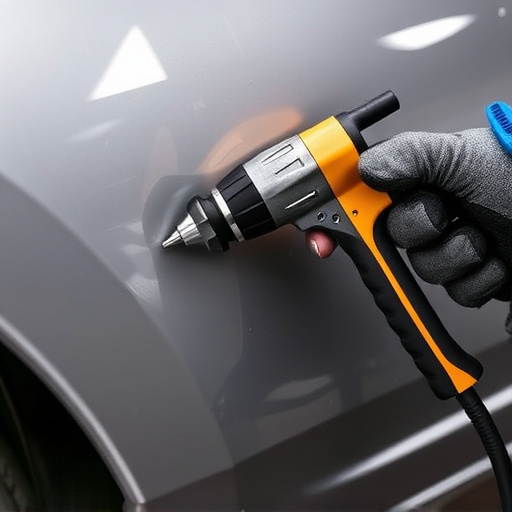
Tesla factory finish restoration meticulously recreates original condition, enhancing resale value t…….
Restoring Tesla’s Factory Finish to OEM Perfection
Mastering Tesla Factory Finish Restoration: Techniques for Flawless Repairs
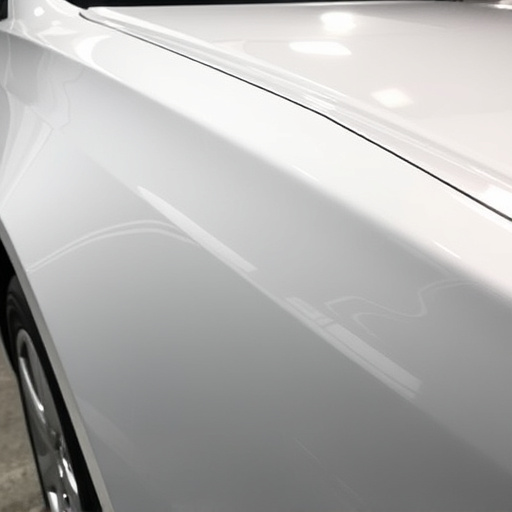
Tesla factory finish restoration is a meticulous process that recreates original aesthetics and prot…….
Revive Your Tesla’s Factory Finish: Restoration Guide

Tesla factory finish restoration involves meticulous inspection, sanding, priming, and advanced pain…….
Mastering Tesla Factory Finish Restoration: Step-by-Step Guide
Mastering Tesla Factory Finish Restoration and Paint Matching

The Tesla factory finish restoration process involves meticulous inspection, degreasing, sanding, pr…….
Reviving Tesla’s Factory Finish Perfection: A Restoration Guide
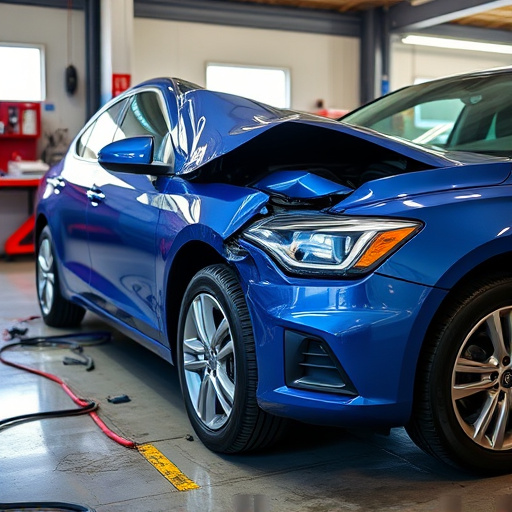
Tesla factory finish restoration involves meticulous inspection, repair, and preparation, followed b…….
